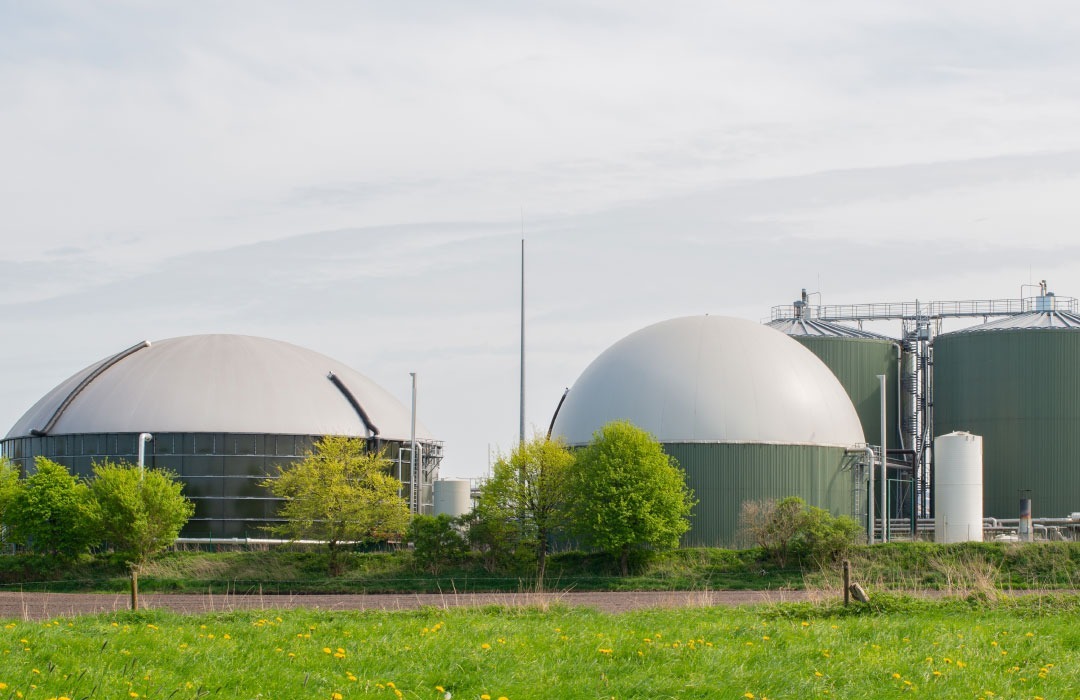Why the Mining Sector Is at a Strategic Crossroads
Market volatility and global demand shifts
The mining sector is experiencing significant market volatility and shifts in global demand. As geopolitical tensions rise and supply chains are restructured, mining companies must navigate a complex landscape. The demand for critical minerals, essential for renewable energy technologies and electric vehicles, is surging, creating both opportunities and challenges for the industry.
The role of critical minerals in energy transition
Critical minerals are pivotal in the global energy transition. As the world moves away from fossil fuels, the need for minerals like lithium, cobalt, and rare earth elements is increasing. These minerals are essential to produce batteries, wind turbines, and solar panels, making them crucial for achieving net-zero goals.
ESG pressures and reputational risks
Environmental, Social, and Governance (ESG) pressures are mounting on mining companies. Investors and stakeholders are increasingly demanding transparency and accountability in mining operations. Companies must address environmental impacts, ensure fair labor practices, and engage with local communities to maintain their social license to operate.
Why Tracking Mining Trends Is Crucial for Investors and Operators
The global economic impact of mining
Mining plays a significant role in the global economy, contributing to GDP and job creation. In 2022, the mining industry supported approximately 45 million jobs worldwide and contributed around 3.2% to global GDP. As the demand for minerals and metals grows, mining’s economic impact will continue to be substantial.
Strategic planning in a volatile industry
Strategic planning is essential in the volatile mining industry. Companies must be agile and adaptable to optimize operations. Technologies are becoming increasingly important for enhancing efficiency and reducing costs.
How fundraising consultants support mining ventures
Fundraising consultants play a crucial role in supporting mining ventures. They help craft compelling investment cases through financial modeling, prepare pitch decks tailored to mining stakeholders, and connect projects with specialized intermediaries and investors. Projects RH, for example, provides comprehensive fundraising consulting services to help mining projects secure the necessary capital.
Top Mining Industry Trends to Watch in 2025 and Beyond
Digital transformation and automation technologies
The mining industry is embracing digital transformation and automation technologies. These advancements improve operational efficiency, safety, and productivity. Automation technologies, such as autonomous vehicles and drones, are revolutionizing mining operations.
AI, data analytics, and predictive maintenance in mining
Artificial Intelligence (AI) and data analytics are transforming the mining sector. Predictive maintenance, powered by AI, helps identify potential equipment failures before they occur, reducing downtime and maintenance costs. Data analytics provides valuable insights for improving mining processes.
The rise of green mining and decarbonization efforts
Green mining and decarbonization efforts are gaining momentum. Mining companies are investing in sustainable practices and technologies to reduce their carbon footprint. Projects RH is actively involved in supporting green mining initiatives, helping companies align their operations with ESG priorities.
Workforce transformation and skill shortages
The mining industry is facing workforce transformation and skill shortages. As technology advances, there is a growing need for skilled workers who can operate and maintain new technologies. Companies must invest in training and development programs to address these challenges.
Consolidation and strategic M&A in the mining sector
Consolidation and strategic mergers and acquisitions (M&A) are shaping the mining sector. Companies are seeking to strengthen their market position and achieve economies of scale through strategic partnerships and acquisitions.
Regional power shifts and geopolitical implications
Countries with rich mineral reserves are gaining strategic importance, and geopolitical tensions are affecting supply chains and trade relationships.
Capital Challenges: Why Mining Projects Struggle to Secure Funding
Investment risks in uncertain regulatory environments
Regulatory changes and compliance requirements can impact project timelines and costs, making it difficult to secure funding.
Long project lifecycles and delayed ROI
Mining projects often have long lifecycles and delayed returns on investment (ROI). This can deter investors who seek quicker returns. Effective financial modeling and strategic planning are essential to address these challenges.
The disconnect between exploration and investor appetite
There is often a disconnect between exploration activities and investor appetite. While exploration is crucial for discovering new mineral deposits, it is also risky and capital-intensive. Fundraising consultants like Projects RH help bridge this gap by connecting exploration projects with potential investors.
How Fundraising Consulting Helps Mining Projects Move Forward?
Crafting compelling investment cases through financial modeling
Fundraising consultants craft compelling investment cases through detailed financial modeling. They analyze project feasibility, forecast financial performance, and highlight potential returns to attract investors.
Preparing pitch decks tailored to mining stakeholders
Preparing pitch decks tailored to mining stakeholders is another key service provided by fundraising consultants. These pitch decks effectively communicate the project’s value proposition, risks, and opportunities to potential investors.
Connecting projects with specialized intermediaries and investors
Fundraising consultants connect mining projects with specialized intermediaries and investors. They leverage their networks and industry expertise to identify suitable funding sources and facilitate introductions.
Structuring capital raising for mining projects
Designing financing strategies that align with the project’s needs and investor preferences involves determining the optimal mix of debt and equity financing.
Financial modeling for long-term investment readiness
Ensuring that mining projects are well-prepared to attract and retain investors requires comprehensive financial models that demonstrate the project’s viability and potential returns.
Aligning ESG initiatives with investor priorities
Integrating ESG considerations into operations and communicating these efforts to investors is crucial for attracting sustainable investment.
The Role of Investment Project Management in the Mining Sector
De-risking large-scale capital projects
Investment project management plays a vital role in de-risking large-scale capital projects. Effective project management ensures that projects are delivered on time, within budget, and to the required quality standards.
Aligning financial strategy with operational milestones
For successful project execution, it is crucial to synchronize financial strategy with operational milestones. Investment project managers coordinate financial planning with project timelines to ensure that funding is available when needed.
Reporting transparency and stakeholder management
Maintaining investor confidence requires transparency in reporting and effective stakeholder management. Investment project managers provide regular updates on project progress, financial performance, and risk management.
Building investor-grade documentation and project plans
Creating investor-grade documentation and project plans is essential. These documents provide a clear and comprehensive overview of the project, including its objectives, risks, and financial projections.
Risk mitigation in politically sensitive or remote areas
Mitigating risks in politically sensitive or remote areas is a significant challenge. Strategies are developed to address these risks, including contingency planning and stakeholder engagement.
Staging large-scale projects for capital efficiency
Breaking down large-scale projects into manageable phases allows for more efficient use of capital and reduces the risk of cost overruns.
The importance of an Information Memorandum in Mining Projects
Crafting a detailed information memorandum is vital for mining ventures seeking investor support. It provides a comprehensive overview, helping potential investors understand the project’s value and risks, ensuring better alignment with investment goals.
Mining and the Energy Transition: A Critical Relationship
The global race for battery metals and rare earth elements
These minerals are essential to produce batteries, electric vehicles, and renewable energy technologies.
Mining’s contribution to net-zero goals
Mining plays a crucial role in achieving net-zero goals. The industry provides the raw materials needed for clean energy technologies, contributing to the reduction of greenhouse gas emissions.
Funding clean technologies in extractive industries
Investment in clean technologies helps reduce the environmental impact of mining operations and supports the transition to a low-carbon economy.
Key Challenges Facing the Mining Industry in 2025
Rising operational costs and resource scarcity
Companies must find ways to optimize operations and manage costs while ensuring a sustainable supply of resources.
Managing regulatory uncertainty and compliance
Regulatory changes can impact project timelines and costs, making it essential for companies to stay informed and adapt to new requirements.
Gaining community and stakeholder support
Companies must engage with local communities, address their concerns, and demonstrate their commitment to sustainable practices.
Opportunities for Investors in a Transforming Mining Landscape
Capitalizing on the green transition
Investors have significant opportunities to capitalize on the green transition. The demand for minerals and metals used in renewable energy technologies is growing, creating investment opportunities in green mining projects.
Investing in battery metals and renewable-linked mining
These projects are essential to produce batteries and other clean energy technologies, making them a key focus for investors.
Unlocking value through infrastructure-backed mining deals
This involves investing in projects that have strong infrastructure support It is an approach that reduces operational risks and enhances project viability.
Real-World Examples: How Smart Capital Structuring Led to Mining Success
Mid-market mining projects that secured institutional backing
These projects demonstrate the importance of smart capital structuring by successfully attracting institutional investors through compelling investment cases and strong financial performance.
Early-stage exploration success through clear financial planning
These projects highlight the value of detailed financial modeling and strategic planning, securing funding by clearly articulating potential returns and risk mitigation strategies.
Strategic Positioning in a Changing Mining Landscape
Why capital readiness is your strongest advantage
Capital readiness is a crucial advantage in the changing mining landscape. Companies that are well-prepared to attract and retain investment are better positioned to succeed in a competitive market.
Using advisory support for long-term value creation
Leveraging advisory support is crucial for mining companies aiming for long-term value creation. Projects RH excels in providing comprehensive services that drive value for mining ventures.
We craft compelling investment cases through detailed financial modeling and prepare persuasive pitch decks tailored to mining stakeholders. Our strategic guidance ensures financing strategies align with project needs and investor preferences. We also support mining companies in aligning their ESG initiatives with investor priorities.
Our project management services mitigate risks and ensure successful execution. We help align financial strategies with operational goals, ensuring seamless progression. Transparent reporting and effective stakeholder management build investor trust. Additionally, we navigate complex political landscapes and refine capital efficiency for project success.




